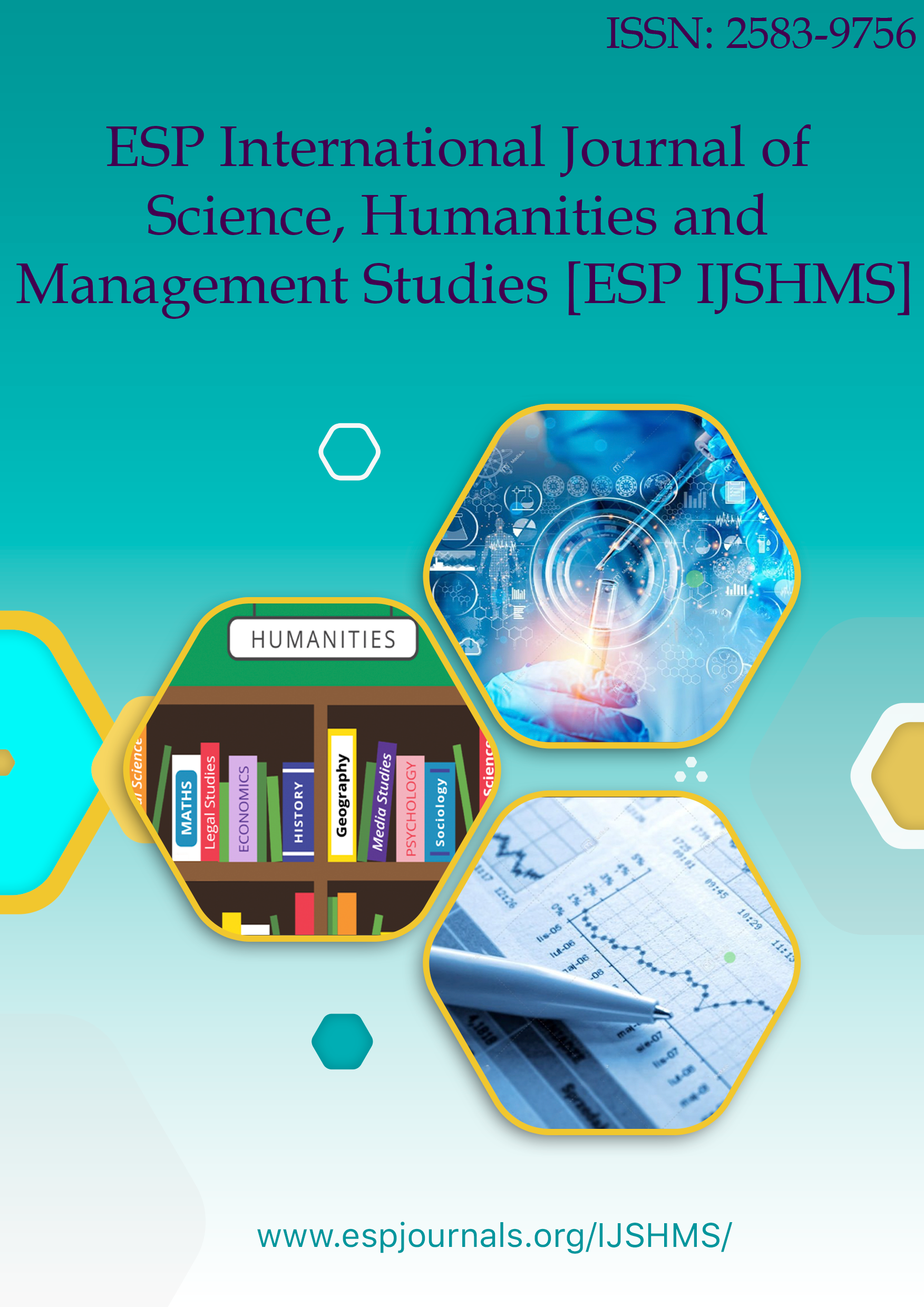ESP International Journal of Science, Humanities & Management Studies(ESP-IJSHMS)
Citation :
Yogeeta Sharma, Vijay Kumar, 2024. "Decoding Dominance: A Discourse Analysis of Power Structures in Contemporary Media Narratives" ESP International Journal of Science, Humanities & Management Studies(ESP-IJSHMS) Volume 2, Issue 2: 41-47.
Abstract :
In an era where media narratives significantly shape public perception, understanding the underlying power structures becomes paramount. This study delves into the intricate dynamics of power as represented and perpetuated through media. This research employs a meticulous discourse analysis methodology, scrutinizing various forms of media content to unravel the strategies used to construct and depict dominance. By systematically deconstructing media narratives, this study uncovers the subtle, yet potent, mechanisms through which power is manifested and maintained. The findings reveal a complex interplay of language, imagery, and context, working in concert to normalize certain power hierarchies while marginalizing others. These representations are pivotal in shaping societal norms and individual worldviews, making the dissection of these narratives a task of critical importance. The implications of this research are manifold, offering profound insights for policymakers, media practitioners, and the public at large. By illuminating the covert structures of power embedded within media narratives, this study not only contributes to the academic discourse on media influence but also empowers stakeholders to foster more equitable and conscious media landscapes. As the media continues to evolve, understanding these power dynamics becomes essential in navigating and shaping the societal discourse.
References :
[1] Bandura, A., "Social cognitive theory of mass communication", In Media effects, Routledge, (2009) 110-140.
[2] Bourdieu, P., On Television and Journalism, trans. Priscilla Parkhurst Ferguson, London, UK: Pluto, (1998).
[3] Boumans, J. W., & Trilling, D., "Taking stock of the toolkit: An overview of relevant automated content analysis approaches and techniques for digital journalism scholars", In Rethinking Research Methods in an Age of Digital Journalism, (2018) 8-23.
[4] Castells, M., Communication power, Oxford University Press (UK), (2013).
[5] Couldry, N., The place of media power: Pilgrims and witnesses of the media age, Routledge, (2002).
[6] Fairclough, N., Media discourse, (1995).
[7] Gordon, C., & Foucault, M., Selected interviews and other writings 1972−1977, (1980).
[8] Gramsci, A., "Selections from the prison notebooks", In The applied theatre reader, Routledge, (2020) 141-142.
[9] Habermas, J., The structural transformation of the public sphere: An inquiry into a category of bourgeois society, MIT press, (1991).
[10] Hall, S., "Encoding/decoding", In Media studies: A reader, 3, (2000) 28-38.
[11] McCarthy, M., Discourse Analysis for Language Teachers, Cambridge: Cambridge University Press, (1991).
[12] Sharma, Yogeeta, and Vijay Kumar. "Spoken Discourse Analysis for Feminist Interviews: Movement towards a Gender Equality Era?." Specialusis Ugdymas 2, no. 43 (2022): 2665-2675.
[13] Wykes, M., Representation: Cultural representations and signifying practices, (1998).
[14] Jenkins, H., Convergence culture: Where old and new media collid, New York, NY: New, (2006).
[15] Van Dijk, T. A., News as discourse, Routledge, (2013).
[16] Van Dijk, T. A., "Principles of critical discourse analysis", In Discourse & society, 4(2), (1993) 249-283.
[17] Wodak, R., "What CDA is about–a summary of its history, important concepts and its developments", In Methods of critical discourse analysis, 1, (2001) 1-13.
Keywords :
Digital Media Dynamics, Discourse Analysis, Framing in Media, Media Narratives, Power Structures.


 : 10.56472/25849756/IJSHMS-V2I2P105
: 10.56472/25849756/IJSHMS-V2I2P105